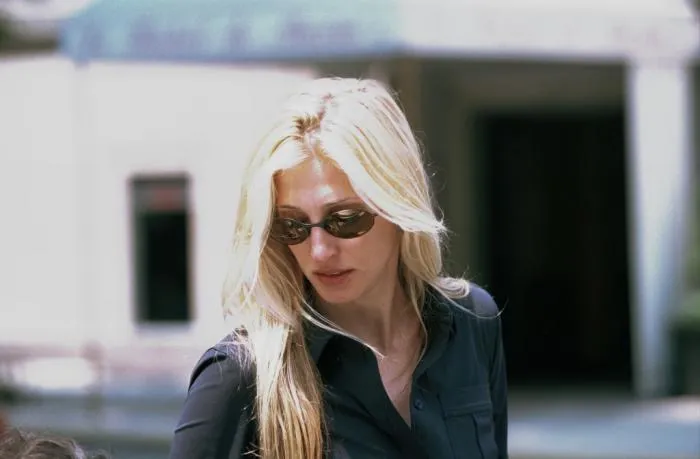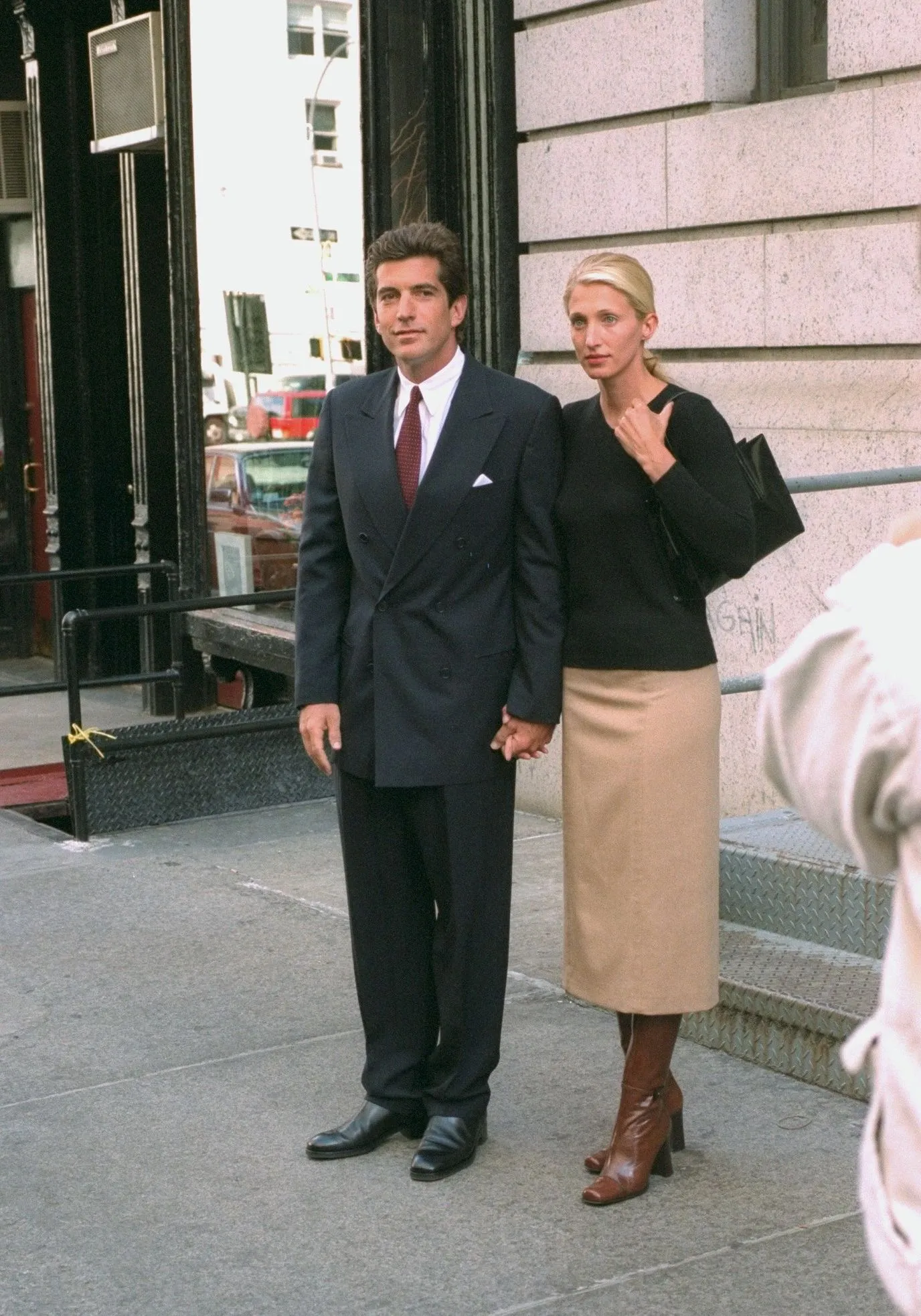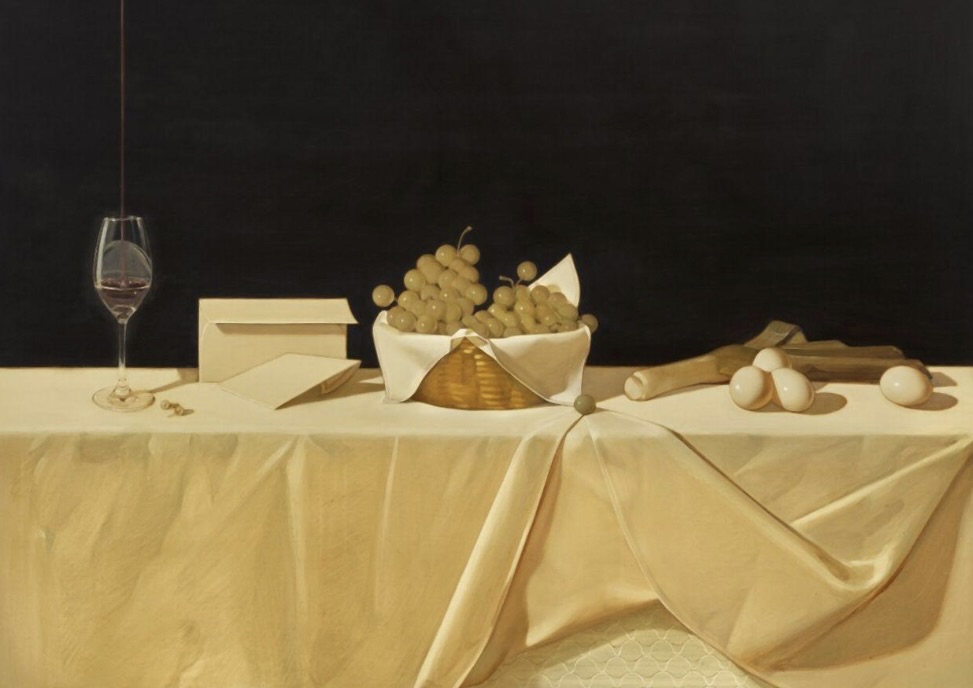
Carolyn Bessette-Kennedy was a Calvin Klein publicist, style icon, and wife of John F. Kennedy Jr. She moved through fame like it burned. She made silence into armor, minimalism into defiance. She stepped out of frame while everyone else leaned in. That absence said more than any headline.
Born in 1966 in White Plains, New York, Carolyn didn’t grow up in marble corridors. Her rise was earned – studied communications at Boston University, hustled her way from fashion assistant to the PR face of Calvin Klein’s Manhattan flagship. Her look? Unbranded. Understated. Cool in its precision.
It wasn’t luxury that defined her look, but restraint. She was often seen in sleek black coats, white button-downs, ankle-length skirts, slip dresses, and classic denim. Her signature look fused sharp tailoring with unfussy restraint: no logos, no embellishments. Even her accessories whispered – Manolo Blahnik kitten heels, leather totes with the brand tags cut out, and minimalist sunglasses that seemed to shield more than sun.
She removed the label from her Prada clutch so it wouldn’t distract. She asked tailors to take out the lining of designer jackets if they made the silhouette too stiff. Friends recall her having multiples of the same neutral-toned pieces – crisp white shirts, bias-cut skirts – rotating them not out of uniformity, but intention.
Carolyn’s influence wasn’t just aesthetic – it was psychological. She showed how simplicity could carry weight. That polish didn’t need noise. That fashion could be armor without sparkle. It was a rebellion in whisper tones.
She met JFK Jr. in 1994. Two years later, they married in a secret ceremony on Cumberland Island, Georgia – candlelit, barefoot, hidden from the world. No televised aisle, no People magazine cover. Just the two of them. And the storm that followed.
Carolyn didn’t marry into a family, she entered a dynasty. And with that came its shadows. Among them: Jacqueline Kennedy Onassis. By the time Carolyn arrived in the Kennedy orbit, Jackie was already a myth. A widow who had survived assassination, presidency, and public grief. To many, she remained untouchable, but to John, she was simply “Mom.”
Jackie died just one year before John and Carolyn’s wedding, but her legacy loomed large. Those close to the couple say Carolyn felt the weight of her mother-in-law’s memory, not as judgment, but as gravity. Carolyn studied Jackie not to imitate her, but to understand the terrain she’d inherited. There were quiet nods – the oversized sunglasses, the column silhouettes – but also deliberate departures. Carolyn’s minimalism was cooler, sharper. Less Camelot, more New York sidewalk.

Friends remember her warmth under the minimalist exterior. As Elizabeth Beller noted for People's Magazine:
“She was joyful and buoyant and wanted to partake of everything in New York… She was warm, effervescent and vivacious… the opposite of buttoned up.”
That sense of ease contrasted the reigning image of icy composure – and made her presence all the more striking.
Even within the Kennedy orbit, Carolyn resisted being cast. She didn’t give interviews, avoided glamor shots, and once told a friend:
“It’s like people want me to perform a role I didn’t audition for.”
That friction defined their marriage. John adored her control. They loved fiercely – sometimes fighting sharply. She anchored him, and he protected her, trying to slow the media’s pressure. Still, the expectations were unrelenting.
On July 16, 1999, Carolyn, John, and her sister Lauren boarded a small plane en route to Martha’s Vineyard. Hours later, the aircraft vanished. All three were killed.
The tragedy stunned the world. The last Kennedy son. The woman no one ever really got to know. The love story that never got past its prologue.
More than two decades later, Carolyn’s story is returning to public view – this time through Netflix’s American Love Story, helmed by Ryan Murphy. Set for release in late 2025, the series centers not on politics, but intimacy. It asks: What does it mean to be a woman under surveillance? To fall in love with a legacy? To lose control while trying to keep your identity?
But even now, the public gaze seems unsure what to do with Carolyn. Was she a style icon? A reluctant First Lady? A cautionary tale? Maybe she was all of them – or none. What’s certain is that she resisted the role of spectacle. And in that resistance, she told us something rare.
Carolyn Bessette-Kennedy didn’t give speeches. She didn’t run for office. She didn’t curate a personal brand. She wore black, walked fast, and said little. And yet, her image lives on – studied, emulated, misunderstood.
She didn’t just wear minimalism. She walked it, every day, down Fifth Avenue, away from the lens. And in doing so, left behind a silhouette more lasting than a spotlight.

